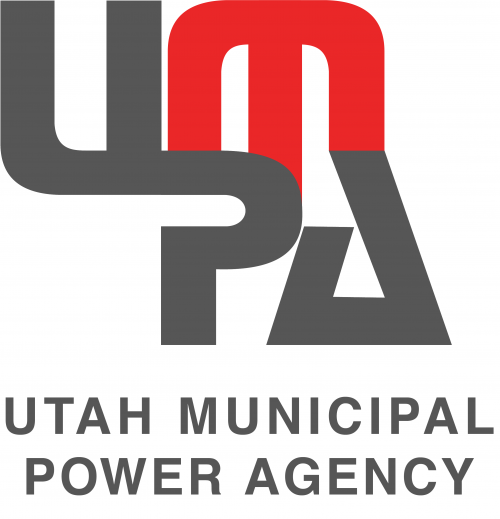History of Public Power
Citizen-owned public power utilities first appeared more than 100 years ago when communities created electric utilities to provide light and power to their citizens. The number of public power utilities has grown from fewer than a dozen in 1890 to nearly 2,000 today. While many utilities were sold to large corporations during the 20th century, others chose to preserve community ownership and local control of their power supply. Some communities previously served by private utilities have formed a public power utility.
Public power utilities often have to fight to keep their communities powered affordably and reliably (Association members can download the guidebook, Positioning Your Community to Succeed in Sellout Evaluation). A sea of often conflicting laws and regulations can constrain power supply sources and increase costs. For decades, public power utilities fought for the right to access wholesale power from federal dams at cost. Today, public power continues to push for effective competition in wholesale electric markets so they can get power at reasonable rates for their customers.
In the 1950s, public power utilities within the same state or region moved toward joint ownership of power supply resources. The joint action movement has contributed to the continued success of public power and played an important role in advancing nuclear generation in the U.S.


Giving Back
When customers are the utility’s shareholders, serving the community is the utility’s top priority.
Public power utilities are embedded into the fabric of their communities and support a range of community programs including charitable, educational, and beautification programs. Each dollar of a public power utility employee’s paycheck circulates through the community an estimated five times. On average, public power utilities pay 5.6 percent of electric operating revenues back to the community — through taxes, fees, and special services. Public power gives 33 percent more back to the community than private utilities.
Public power infrastructure projects — such as new generation equipment, transmission lines, and distribution system upgrades — are often funded through the issue of tax-exempt municipal bonds. Funding through municipal bonds means community members invest in their electricity infrastructure and receive interest as public power utilities pay back the loan.
Diverse Sources
Public power generates 10 percent of all electricity in the U.S. and distributes — or sells at the retail level — 15 percent of all power flowing to homes and businesses. Public power utilities buy or generate electricity from natural gas, coal, and nuclear, as well as renewable energy sources such as solar, water, and wind.
In several regions, public power utilities can buy wholesale hydropower generated from federal dams at cost and pass the savings on to customers. Across the country, public power utilities buy wholesale electricity and other services through joint action agencies to leverage economies of scale and strength in numbers.

This content and more is property of the American Public Power Association, click the button below to read more, or scroll down to view their Facebook Feed!
Want to see more? Check out other Social Media accounts from the American Public Power Association.
